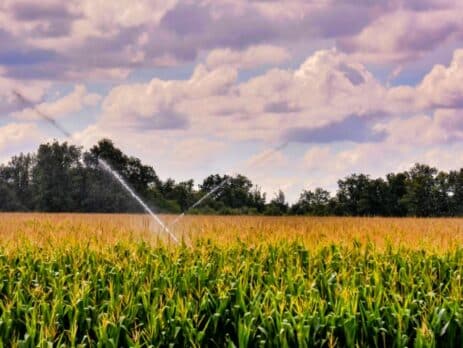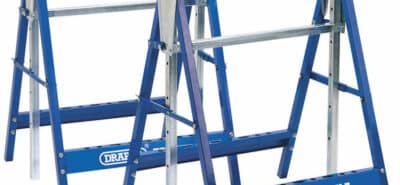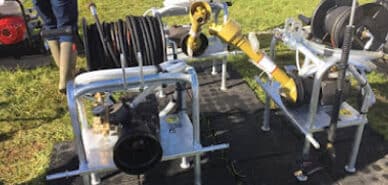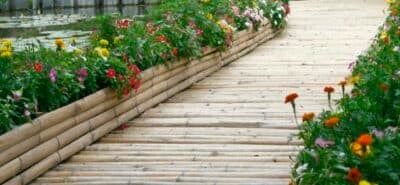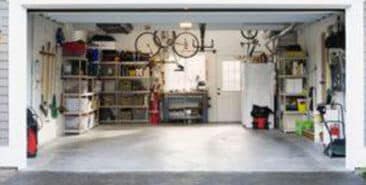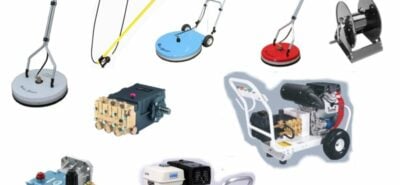Make your irrigation system effective with us
The manufacturers constantly design various watering systems making gardeners’ life easier. There are many ways to water the plants, including conventional bailers and automatic watering systems. In this article, we will help you straighten out the irrigation systems installation methods and choose the most preferable option for your conditions.
Irrigation system types
Existing irrigation systems can be divided into four categories, each of which has specific advantages and disadvantages. Here are the main types:
• Surface watering
• Drip irrigation
• Subsoil irrigation
• Sprinkling
You can combine several irrigation methods in your garden, as each kind of plant requires a specific watering regime.
Surface irrigation method
Surface irrigation is one of the most inexpensive methods. The water is supplied directly from a hose and all the system is installed on the surface, making all the installation quite easy. However, this method has several disadvantages, such as oxygen deprivation which is definitely harmful to roots. Therefore, constant surface irrigation is not recommended.
Subsoil irrigation system
A subsoil irrigation system is usually installed under the soil at depth of 10-20 inches. The pipes have numerous micro holes, through which moisture reaches the plant roots. Such a system is most convenient for large green spaces with trees, bushes and grapes. It can also be effectively used in greenhouses, where regular digging is not performed. Water flows directly to the plant’s root system, without moistening the topsoil. The irrigation rate depends on the climatic zone of your area. If you have a variety of similar plants, automatic irrigation is an ideal option.
This method contributes to oxygen access and doesn’t require constant soil loosening. Intra-soil irrigation is perfect for areas with water shortages since this option reduces water consumption by half compared to the surface method. Take into account the possibility of clogging the holes in the pipeline. Always install a filter at the beginning of your irrigation system.
Sprinkling system
Such a system is also called “Rainy garden”. Water drops gradually moisten the soil near the plant at a certain angle. This process is carried out with the help of special sprinklers, which are installed in certain places at some distance from each other. Rotating sprinklers are usually used for areas completely covered with vegetation like lawns and flowerbeds.
Sprinkling promotes gradual and deep soil moisture so that its structure is not damaged as in the case of surface irrigation. With this method, the aerial parts of the plant are saturated with moisture, which leads to higher yields. This is especially true for strawberry plantations. If you install the sprinklers under the trees, your plants will be water and the dust and insects will be washed from the leaves at the same time.
Adjusting the device, you should focus on balancing the intensity of water flow and the ability to absorb water. Moisture should have time to be absorbed to prevent the formation of puddles and dirt, which can cause tough crust when the surface dries, preventing oxygen to reach the plant roots.
The drawback of this method is that the water is sprayed unevenly in the case of strong wind or insufficient pressure. Besides, water can fall not only on plants but also paths.
When organizing portable irrigation it is better to use hoses made of PVC or thermoplastic. Sprayers are stacked in the necessary place and moved when the soil is wet. This system is convenient for automatic watering, which can be adjusted to evening and nighttime. By the morning the water is absorbed and in the daytime, it is possible to loosen the soil to ensure oxygen access to the roots.
Drip irrigation and its features
Drip irrigation is the most rational method for gardens, greenhouses and flowerbeds. The operation principle is based on the flow of water in small portions directly to the roots through the drip tape connected to an irrigation pipe. This method doesn’t prevent air access to the roots and doesn’t contribute to soil structure deterioration. In this case, you can avoid overdrying or flooding.
The main disadvantage of such an irrigation system is a high probability of pipe clogging, which occurs as a result of soil particles entering the holes. Therefore, the system needs a periodic cleaning.
Such a watering method can be done with drip tape, a stiff hose with micro holes, or small diameter plastic pipes. These elements should be laid along the beds with plants and connected to a common pipe. Around the tree trunk, the tape is laid in a spiral to provide uniform water distribution to the roots. Plastic pipes are usually used for stationary beds.
Irrigation system depending on the water supply
The water flow into the irrigation system can be provided in the following ways:
• Automatic supply is set by a special program and depends on the owner’s wishes. In this case, the start time of irrigation is adjusted or humidification sensors are installed. You can purchase a ready-made system or organize it with your own hands. When constructing such a system, it is necessary to choose a pump paying attention to the adjustment frequency of the engine and the possibility of a smooth start. It should be connected to a timer, which controls the operation of the pump unit.
• Semi-automatic watering involves the implementation of the water supply to the mainline manually. Then the system independently distributes water through the pipes, adjusting its flow and pressure.
• Mechanical irrigation is controlled by a person who manually opens the faucet, selecting the necessary pressure.
The choice of pipe material
When choosing an irrigation system, it is better to determine the pipeline material beforehand. Metal products are not so popular because of their susceptibility to corrosion and the high cost of fittings and valves. Besides, their installation is quite complex, requiring special skills and abilities.
Plastic pipes are durable, practical and inexpensive. Their inner surface is very smooth, so the deposits will not accumulate inside the pipelines.
HDPE pipes (high-density polyethene) do not respond to temperature fluctuations, the effects of an aggressive environment, and can be used with above-ground and subsoil installation methods. The connection of elements can be carried out independently, without special skills. Such pipes are extremely durable and don’t burst when water freezes.
Polypropylene pipes are a good option too. They are cheaper than their HDPE counterparts but are durable enough. The elements are connected by soldering joints or fastening couplings.
What hose to choose
• The most popular and inexpensive option is a rubber hose. This material is characterized by high durability, elasticity, resistance to ultraviolet radiation, temperature fluctuations and deformations. The pressure range for this material is up to 10 atm. However, a rubber hose is quite heavy, making it difficult to move it from place to place, and is not suitable for drinking water because of the toxic material.
• Nylon hoses are much more convenient. They are light, flexible and durable. However, nylon material is not resistant to temperature and pressure sudden changes. Therefore, its lifespan is not more than 2 years.
• The most durable hoses are made of thermoplastic, which can be used all year round, maintaining the temperature from -50 to 90°C. This material is characterized by chemicals and UV resistance and can be stored in unheated premises. The service life of such a hose is at least 15 years.
Final Thought
Our Triace shop offers everything you need for irrigation systems: pipes, hoses, fittings, nozzles and sprayers. All the products in our catalogue are well-structured, so you can easily find everything you need for your workshop or garden. If you have some doubts or questions, please contact us to get professional advice from our managers.
